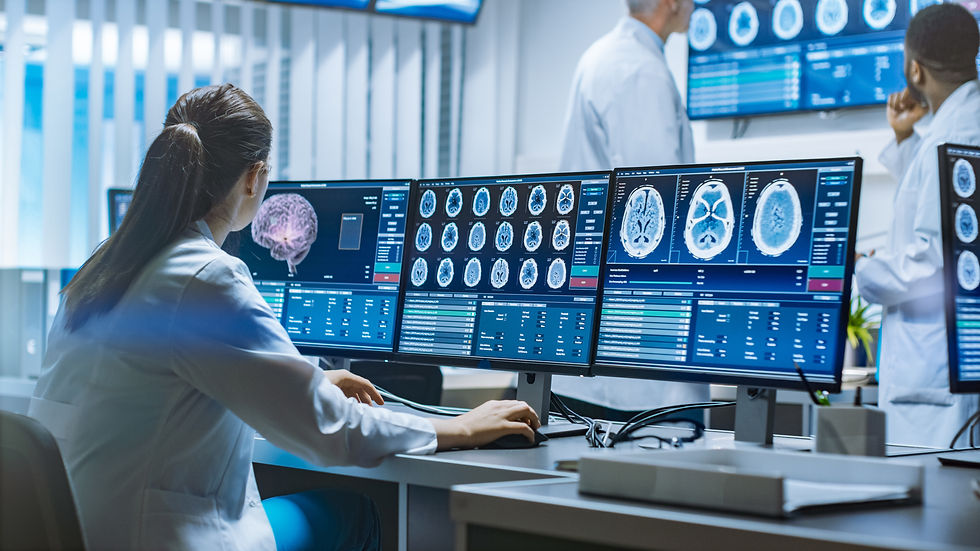Brain Health: Breaking Down the Stroke
- Brainstorm

- Mar 23, 2020
- 2 min read
Updated: Apr 5, 2020
As part of a new #brainhealth series, Brainstorm will be exploring major neurological disorders, diseases, and general medical conditions. As a reader, we hope that you will learn the basics of each condition and be able to identify key symptoms associated with the ailment.
The first topic of the series is stroke, or Cerebrovascular Accident (CVA) in medical terminology.
What is a stroke?
A stroke occurs when there is limited blood supply to the brain, due to the damage or blockage of blood vessels. Blood transports oxygen and nutrients and without adequate blood flow to the brain, brain cells begin to die.
If not treated as a medical emergency, strokes can lead to severe brain damage.
What are symptoms of a stroke?
Strokes are considered serious medical emergencies. The timing of symptoms and treatment play a crucial role in patient outcomes.
According to the Mayo Clinic, symptoms of a stroke include:
1. Trouble with speaking and comprehension - a stroke may cause slurred speech and confusion
2. Paralysis or numbness of the face, arm, or leg - a stroke may lead to sudden numbness or weakness in the body, often only on one side. You may notice a drooping smile or uneven strength in the arms
3. Problems seeing in one or both eyes - accompanied with a stroke may be blurred, blackened, or double vision
4. Headache - a stroke may cause a sudden, debilitating headache with nausea or vomiting
5. Trouble walking - sudden problems with balance, dizziness, or a loss of coordination may indicate a stroke
If you have any of these symptoms, or recognize them in another person, immediately seek out medical attention.
Illustration of stroke in the human brain
Credit: t.light
Types of Stroke
Ischemic stroke - lack of blood flow to the brain due to the narrowing or blockage of blood vessels. Blood vessels may be blocked because of fat, blood clots, or debris. This is the most common type of stroke
Hemorrhagic stroke - blood supply to the brain is blocked due to the rupturing of a blood vessel
Transient ischemic attack - "ministroke," a temporary decrease in blood flow to the brain which causes transient symptoms of a stroke without producing long-term damage
For more information on stroke terminology, visit this Michigan Medicine resource!
Stroke Risk Factors
Risk factors for stroke include being obese, maintaining a sedentary lifestyle, using drugs such as cocaine, and engaging in binge drinking. Additionally, high blood pressure, cigarette smoking, high cholesterol, diabetes, cardiovascular disease, and obstructive sleep apnea can increase the risk of having a stroke.
You can decrease the risk of stroke by engaging in healthy living behaviors and maintaining normal blood pressure.
Thank you for engaging with Brainstorm in learning about #brainhealth! Which neurological disorder would you like to learn about next? Comment below!




Comments